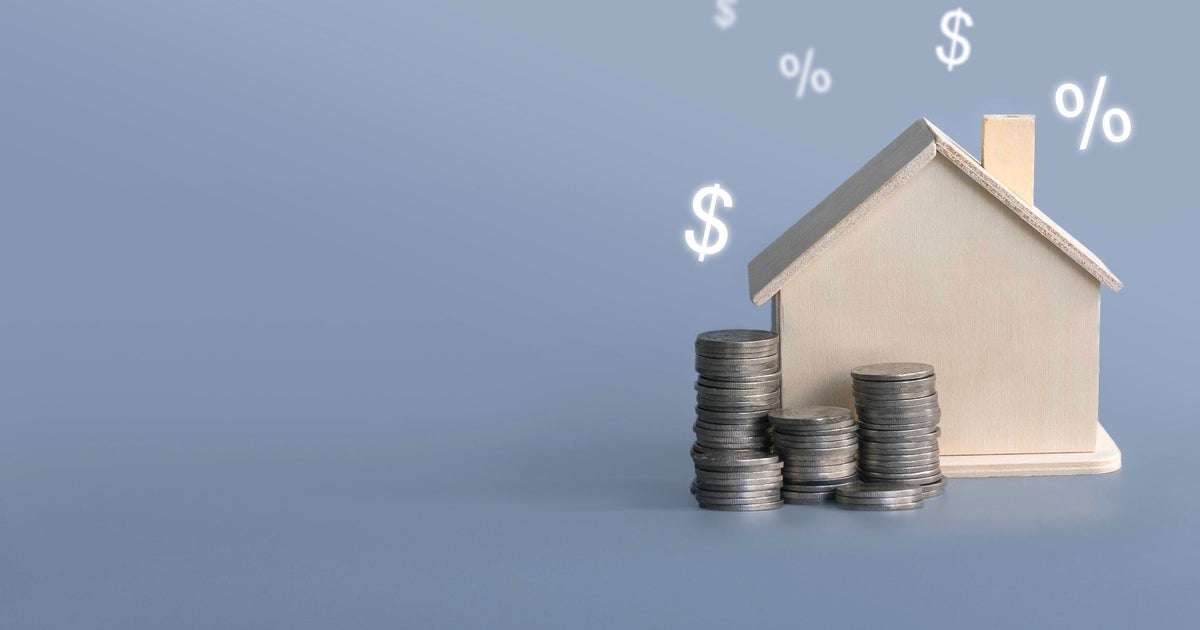

No response returned

If you've been weighing your borrowing options, chances are that you're well aware of how expensive borrowing is overall in today's high-rate landscape. But while rates on credit cards and loans are high, the rates on home equity borrowing products, like and have remained significantly lower on average and have even been dropping recently.
For example, in late March, HELOC rates hit a of 8.03% — a rate that was significantly lower than most other borrowing rates. After all, today's average credit card rate is hovering near 22% currently and personal loan rates are averaging over 12%. So even at over 8%, HELOCs were one of the most affordable borrowing options to consider. And, HELOC rates kept dropping from there. By the end of April, the average — where it remains today.
But the Federal Reserve has kept the federal funds rate stable throughout 2025 — and that benchmark interest rate has a ripple effect on HELOCs. When there are rate hikes or decreases from the Fed, borrowing rates tend to follow. And, the most recent Consumer Price Index data showed that and the . These broader economic factors can also influence HELOC rates. So, what HELOC rate scenarios could occur right now?
.
The Federal Reserve is set to convene again on May 6 and 7. What the Fed does next with the federal funds rate impacts where are headed. Here's what could happen, experts say.
HELOC interest rates have dropped by a couple of percentage points over the past year, with . The potential for HELOC rates to fall further is there, experts say, but if that's the case, it's likely going to result in a nominal difference.
"Almost every lending institution ties their HELOC rates to prime. So typically, prime moves and fluctuates based on decisions that are made by the Federal Reserve and in general, those have been recently trending downward," says Jason Lerner, branch manager at First Home Mortgage.
The forthcoming Federal Reserve meeting will set the stage for what's to come.
"We've got some important meetings coming up, but I think in general the feeling is that there's going to be a downward trend, maybe gradual based on market factors, maybe accelerated based on political factors," says Lerner. "I think there's going to be a small drop in May."
.
Home equity lines of credit generally have variable rates, and, as such, they change over time based on the overall rate environment. HELOC rates have seen a steady decline over the past year, and while it's unlikely HELOC rates will rise over the short term, a rate increase could still happen depending on a number of factors.
"There are two components to an interest rate, especially for HELOCs. There's the index and the margin. For the rates to rise due to the index, that would mean that the indexes have to be increased, which would mean the Fed raised interest rates. That would be a tough sell," says Mason Whitehead, a senior loan officer and branch manager with Churchill Mortgage. "Now what lenders can do… is they price based upon risk … so the banks and lenders and investors can raise the margin on top of the index if they see higher risk thresholds."
The indicates that the majority of experts believe that no changes will be made to the federal funds rate in May. Sarah DeFlorio, the vice president of mortgage banking at William Raveis Mortgage, agrees.
"It is my belief that specifically for the month of May that they will likely stay the same. I think there is just too much uncertainty," DeFlorio says.
While the general belief is that the Fed rate is unlikely to change rates in May, DeFlorio acknowledges that current expectations are that the Fed will conduct two more rate cuts before the end of the year. And, while the Federal Reserve's actions may keep rates in a holding pattern overall, the process in which HELOC lenders set rates is nuanced.
"There are many, many lenders and typically they all have their own guidelines, especially when it comes to HELOCs," says DeFlorio. "What we do see is a number of lenders try to incentivize people to choose their bank specifically by offering an introductory fixed-rate period."
While the Federal Reserve's actions do impact HELOC interest rates, it's not the only thing HELOC lenders consider. "In general, with HELOCs, it's all about risk-based pricing. So the better credit scores, the better debt-to-income ratio, the better combined loan-to-value, the better pricing you get," says Whitehead.
If you're interested in opening a HELOC, you can shop around and review rates from multiple HELOC lenders. As part of your research, "ask the question if there's a floor. Because if rates do drop, some home equity lines of credit are going to have a floor, meaning the rate won't go below a certain number," says Whitehead.
And, there's another borrowing option to consider as well: a home equity loan. Home equity loan rates stay the same throughout repayment, as they're fixed, which can be a big benefit to certain types of borrowers. Similar to HELOCs, though, you should research options from various home equity loan lenders to .





